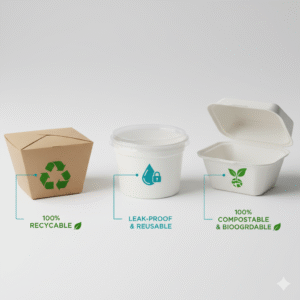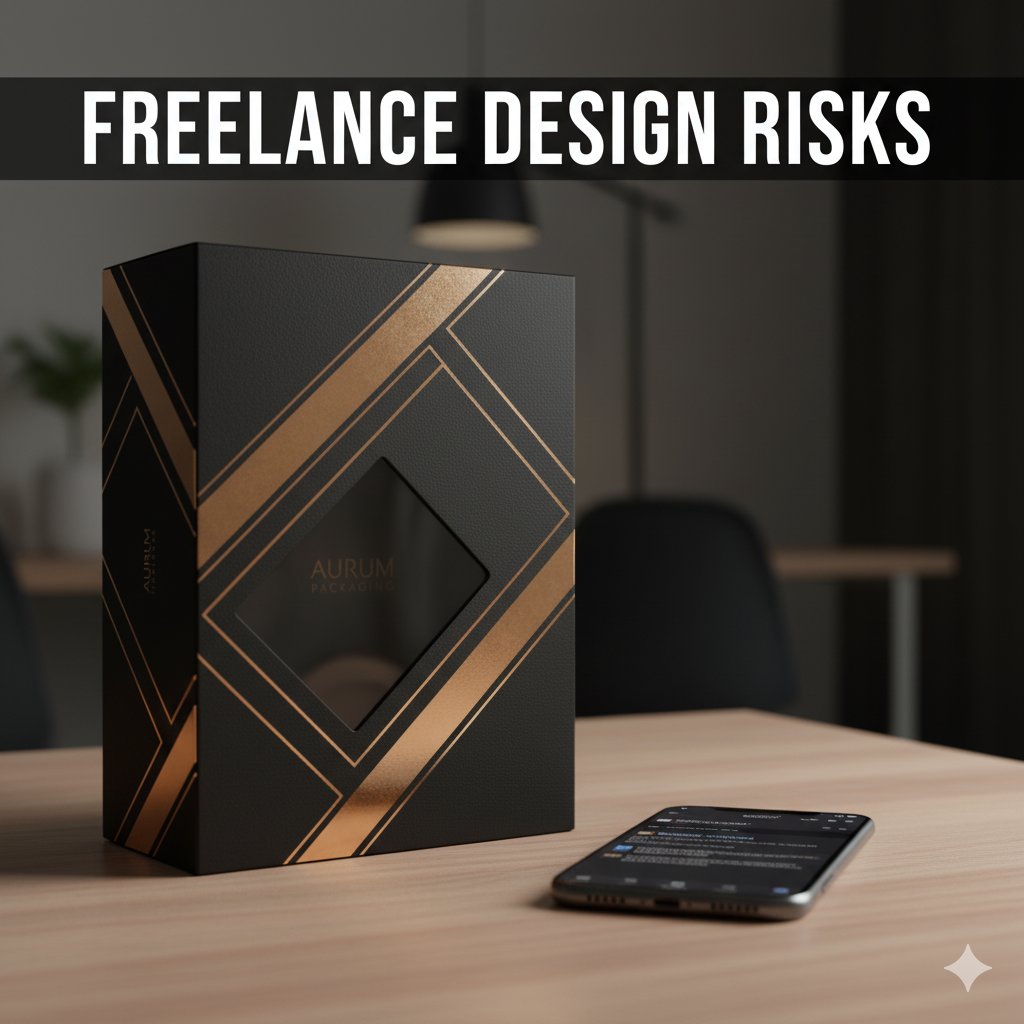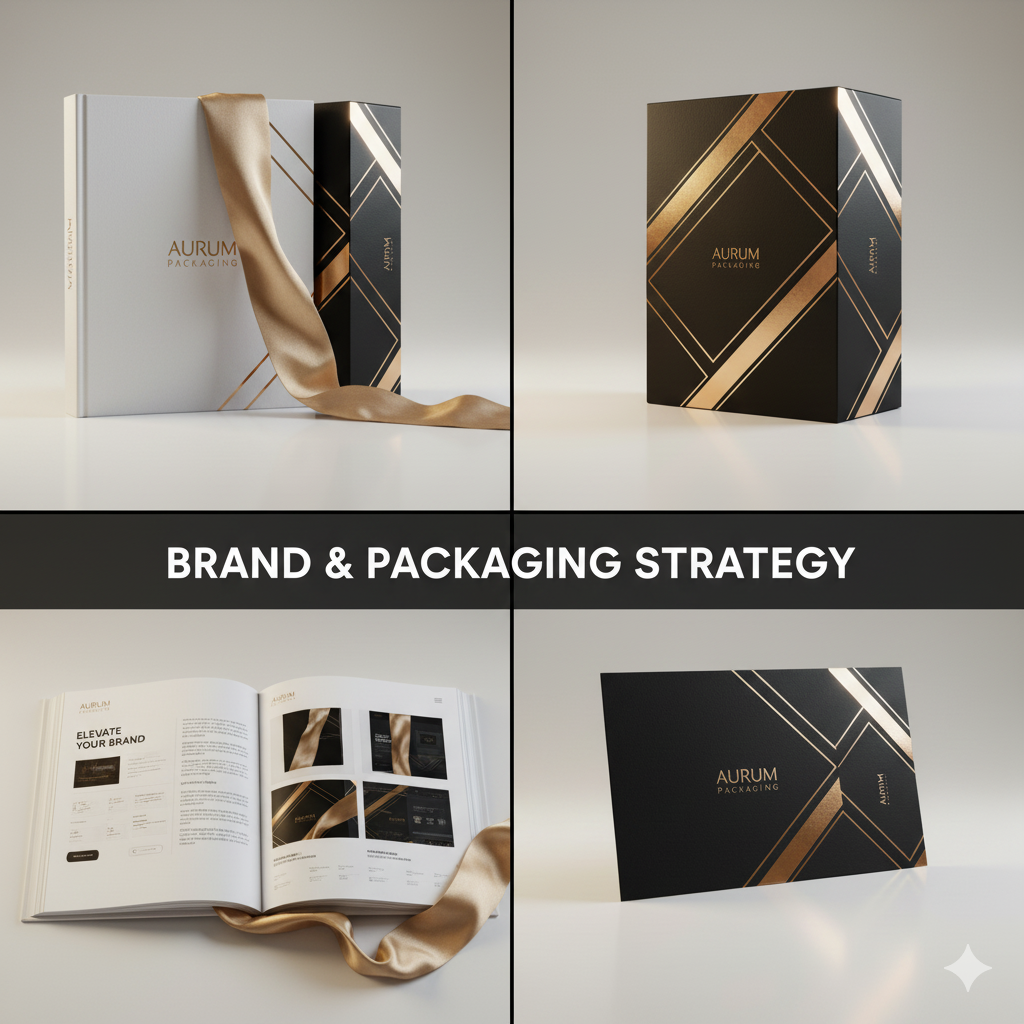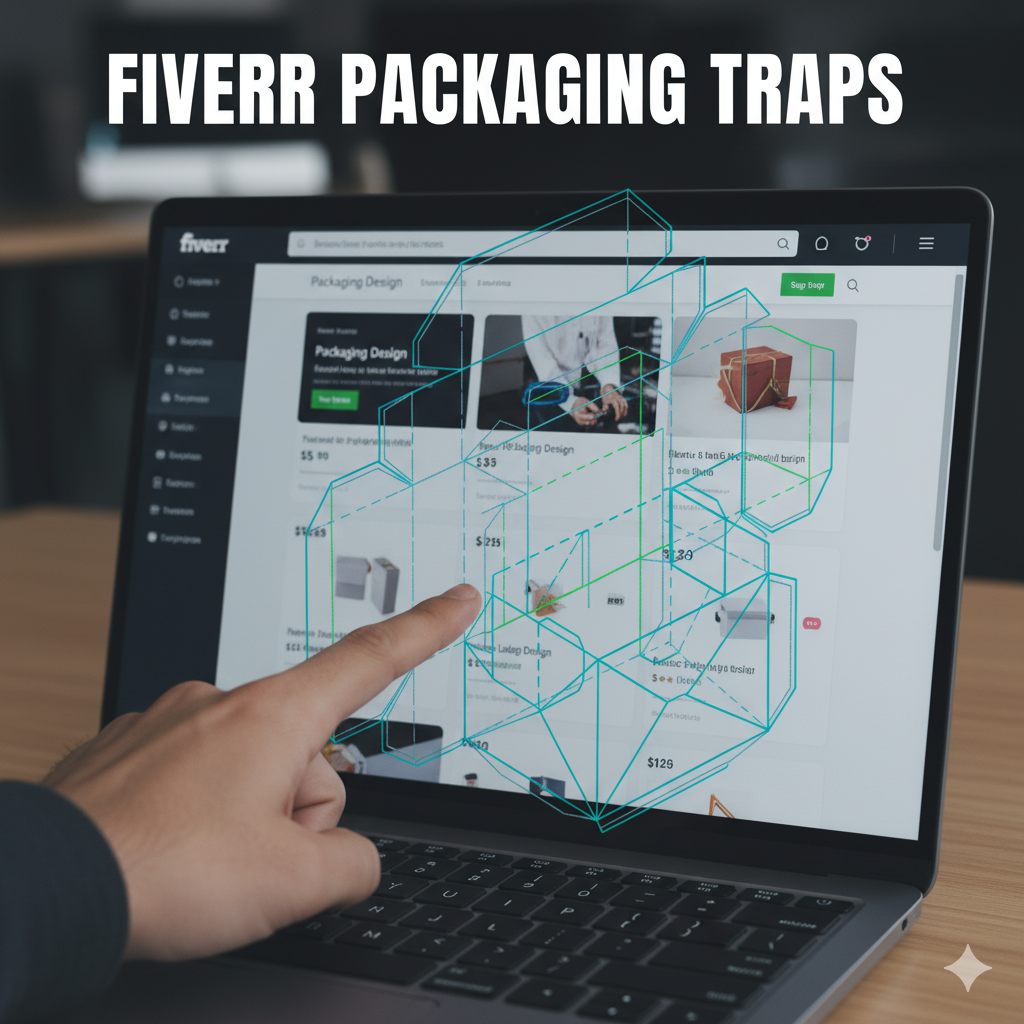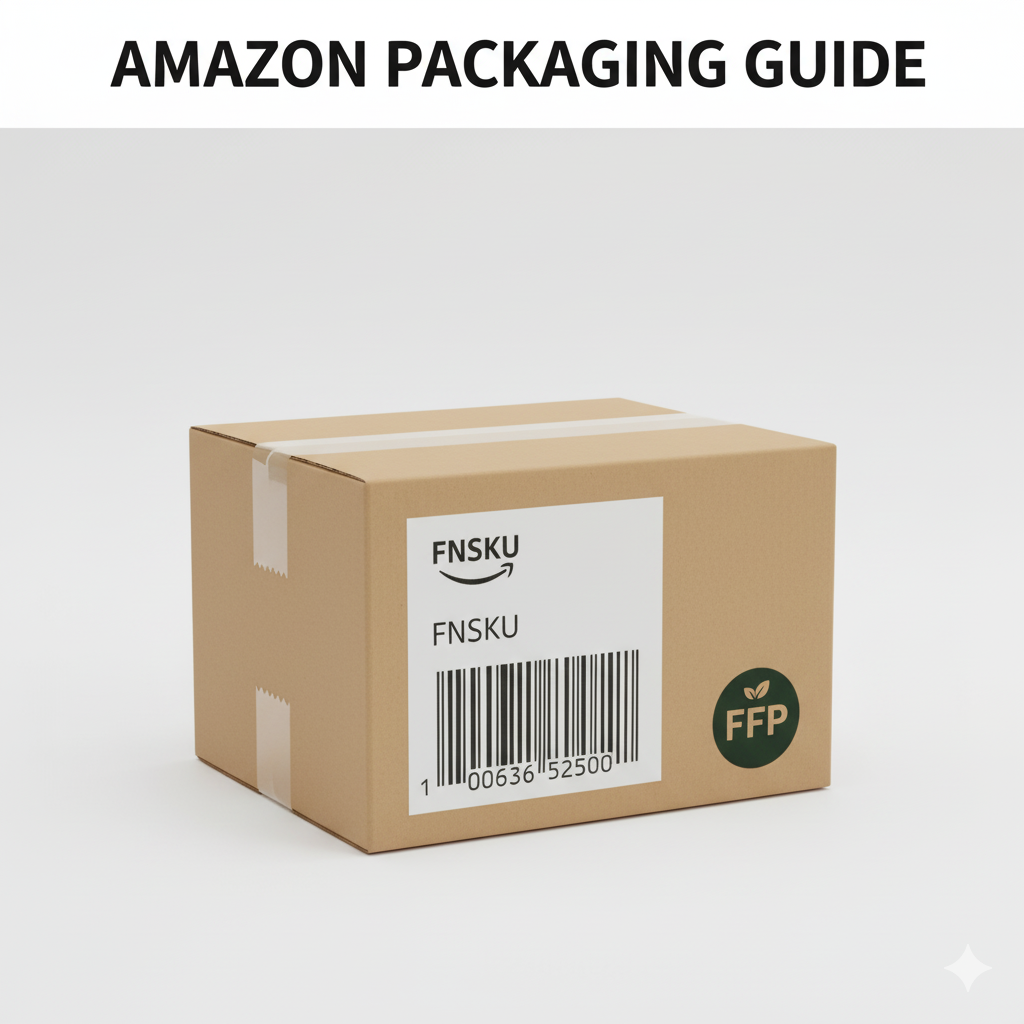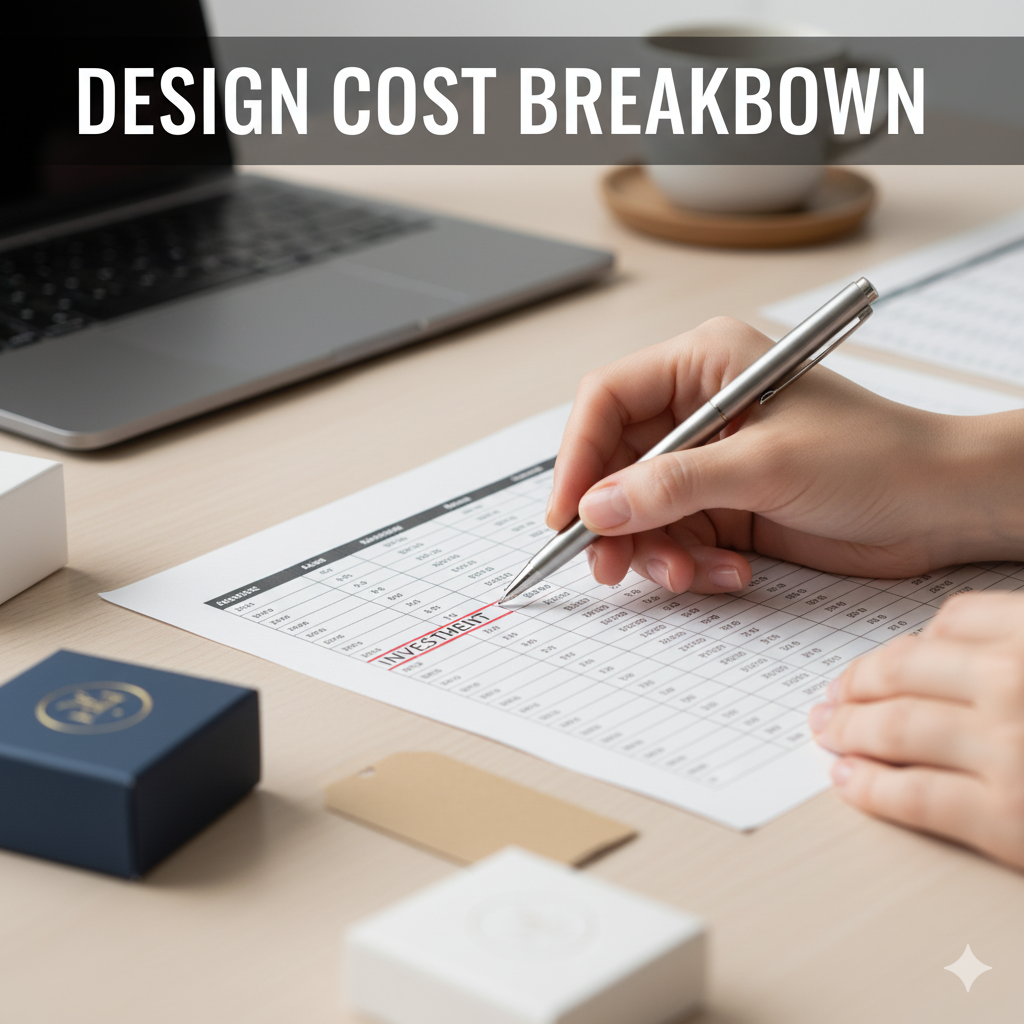Choosing the Best Takeaway Packaging Supplier: A Restaurant Owner’s Checklist
Table of Contents
- Introduction: Your Supplier is Your Delivery Partner
- The Core 3: Packaging Qualities That Must Be Met
- The Material Match-Up: Paper vs. Plastic vs. Eco-Options
- The Essential 5 Questions to Ask Any Potential Supplier
- Sourcing Strategy: Budget, MOQs, and Logistics
- The Branding Opportunity: Customization and Design Support
- Food Safety and Compliance: Certifications You Need
- Top Trends: Sustainability and Smart Packaging
- Frequently Asked Questions (FAQs)
- The Takeaway Supplier Vetting Scorecard
- Conclusion: Protecting Your Food and Your Brand
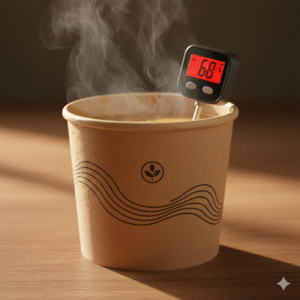
Introduction: Your Supplier is Your Delivery Partner
For any food business relying on delivery, your choice of takeaway packaging supplier is as critical as your head chef. The packaging is your customer’s final physical interaction with your food. A flimsy box that leaks or fails to keep food warm can instantly ruin the meal and generate a negative review, regardless of how tasty the food is. Choosing the best supplier means finding a partner who understands food safety, temperature control, and brand integrity. They must supply containers that are durable, compliant, and cost-effective for your specific cuisine.
The Core 3: Packaging Qualities That Must Be Met
Before discussing price or aesthetic, any good takeaway package must excel in these three areas:
- Durability and Leak Resistance: The container must be robust enough to withstand the journey (the courier’s bike ride!) without collapsing. This is non-negotiable for sauce-heavy dishes like curries or stews. Look for tightly-sealed lids and strong, grease-resistant materials to prevent spills that ruin the customer experience.
- Temperature Control (Insulation): Hot food must arrive hot, and cold food must arrive cold. Suppliers should offer insulated options (like double-walled paper cups or aluminum foil containers) that retain heat for long periods, preventing those disappointing cold deliveries. Vented containers are crucial for hot fried items (like fries) to prevent sogginess.
- Food Safety and Integrity: The materials used must be certified as food-safe (e.g., EU FCM certified) and must not leach harmful chemicals or contaminate the food. The packaging should be fit for its intended purpose—meaning no microwaving a plastic container not designed for heat.
The Material Match-Up: Paper vs. Plastic vs. Eco-Options
Your menu heavily dictates the best material, and your takeaway packaging supplier should offer a diverse range:
| Material Type | Pros | Cons & Best Use Case |
| Paper/Cardboard | Eco-friendly, highly customizable, low cost, recyclable. | Less durable for wet or oily foods unless specially lined (PE coating). Best for dry items, burgers, and pizza. |
| Plastic (PP/PET) | Very durable, leak-proof, excellent barrier properties. | Less sustainable, harder to recycle, can hold moisture leading to soggy food. Best for soups, wet curries, or chilled items. |
| Eco-Friendly | Compostable (Bagasse/Sugarcane), biodegradable, shows sustainability commitment. | Often higher unit cost, not always suitable for very hot/moist foods, check local composting facilities. |
The Essential 5 Questions to Ask Any Potential Supplier
Use these questions to vet your next takeaway packaging supplier and ensure reliability:
- “What is your Minimum Order Quantity (MOQ) and lead time?”—Align your order volume with their production capability. If their MOQ is too high, it will tie up too much of your cash flow. If their lead time is long, you risk running out of stock.
- “Can you provide food safety certifications (ISO, FDA, etc.) for the materials?”—This guarantees the packaging is legally safe and won’t contaminate your food.
- “What is your capability for custom branding (logo printing, 3D Products) and what is the cost difference?”—Customization reinforces your brand and looks professional, but you need to know the upfront cost and design requirements.
- “Do you offer structural design consultation or samples for my specific cuisine?”—Request samples and actually test them! Put your sauce-heavy dish in the container and drive it around to check for leaks and durability.
- “What post-consumer recycled content is used, and are all components (cups, lids, bags) recyclable/compostable?”—Consumers are demanding sustainability. Ensure your supplier can meet this trend with mono-materials or certified compostable options.
Sourcing Strategy: Budget, MOQs, and Logistics
Packaging is a major operating cost. Work with a supplier who can offer cost-effectiveness through smart strategies:
- Economies of Scale: By consolidating your order volume (e.g., buying a year’s worth of bags at once), you can negotiate a much better unit price.
- Total Cost, Not Unit Cost: Factor in the total cost: printing, customization fees, delivery charges, and taxes, not just the price per cup.
- Reliable Delivery: Choose a supplier with a strong track record of on-time delivery. Running out of packaging can shut down your delivery operation faster than anything else, yaar.
The Branding Opportunity: Customization and Design Support
Your logo on a paper cup or a takeout box turns a disposable item into a brand ambassador. A good supplier offers:
- Custom Printing: High-quality printing of your logo and colors.
- Packaging Collateral: The ability to also source custom napkins, branded cutlery kits, and tamper-evident seals in a single order, ensuring consistency.
- Digital Integration: The option to print QR codes on the packaging, linking customers to your menu, social media, or a feedback form.
Portfolio Showcase: Packaging Design Excellence
Need a professional design partner to create the print-ready files and structural concepts that your supplier will execute? Check out our work:
